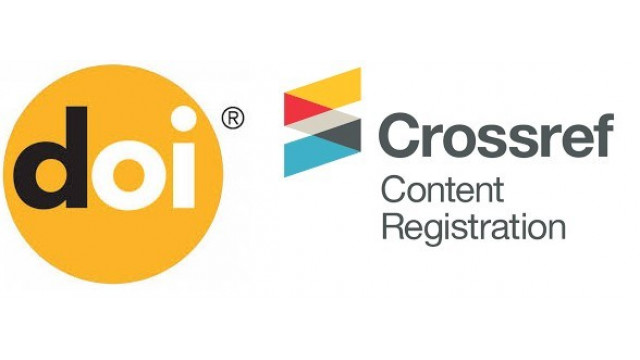DIVERSITY AND POTENCY MARINE BACTERIA AS SOURCE OF ANTIBIOTIC COMPOUNDS TOWRDS BACTERIA PATHOGEN
Abstract
Antibiotic resistance is a global problem in the health sector, which can be caused by the ease with which people can get antibiotics on the market, lack of supervision by the government regarding antibiotic consumption, inappropriate use of antibiotics, and excessive consumption of antibiotics in inappropriate communities. There is the potential for marine bacteria to produce secondary metabolite compounds, especially antibiotics, which generally come from various sources and substrates that associate with each other to produce secondary metabolites. The main substrate source for marine bacteria, known to produce secondary metabolite compounds as antibiotics, can come from sediments, sponges and seaweed. Several types of diversity of marine bacteria associated with sediment that have been identified include Aeromonas veronii, Arthrobacter sp, Bacillus sp, Chryseobacterium sp, Citrobacter freundii, Enterobacter cloacea, Flavobacterium sp, Microbacterium sp, Streptomyces tunisiensis, Streptomyces sp, Streptomyces microflavus, Stenotrophomonas sp, Pristia flexa, and Pseudomonas sp. This type of bacteria, Streptomyces sp, has the most potential activity as a new type of antibiotic. Data shows that the diversity of deep-sea bacteria producing active compounds from various substrate sources can be used as candidates for new types of antibiotics to overcome the existing level of antibiotic resistance.













